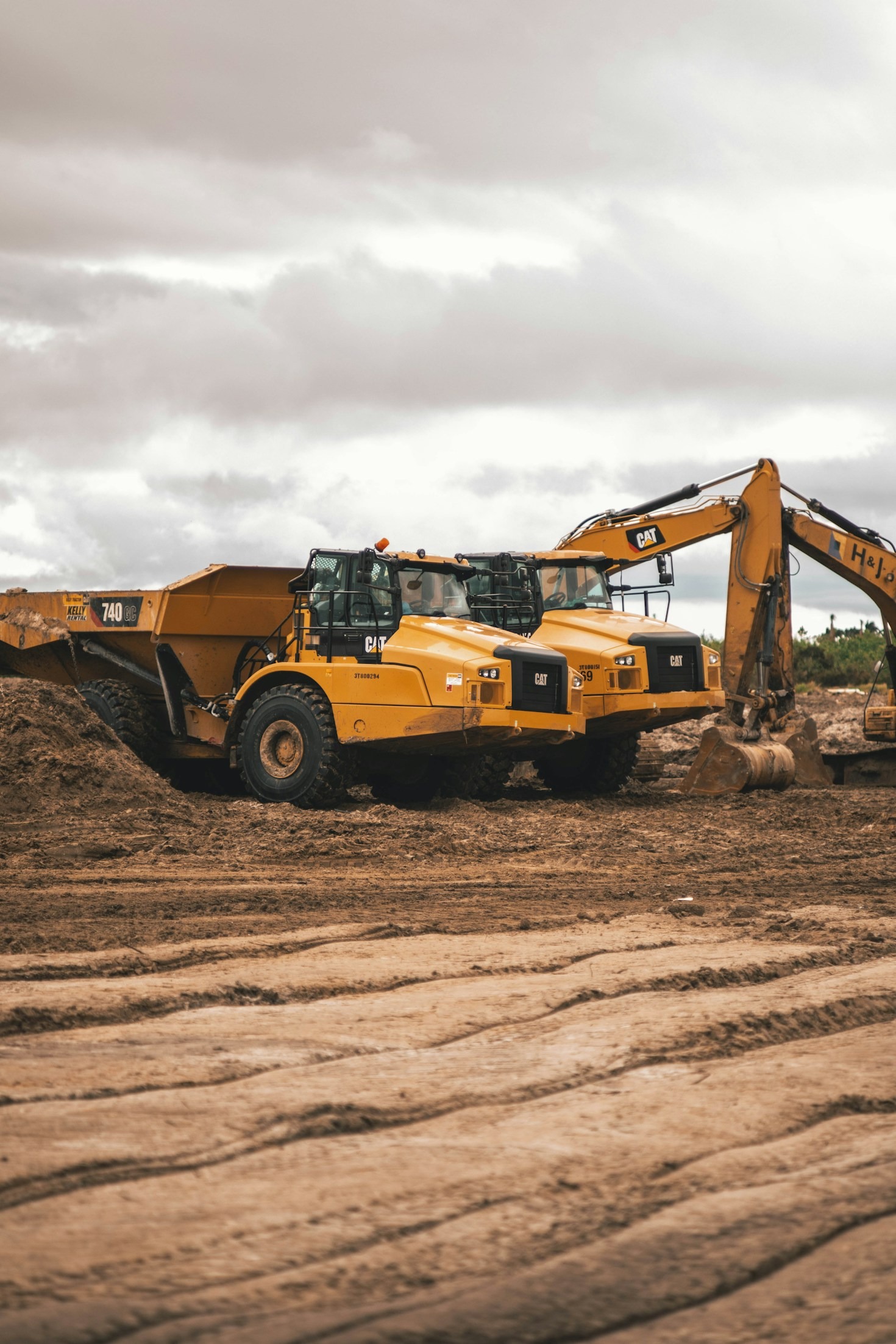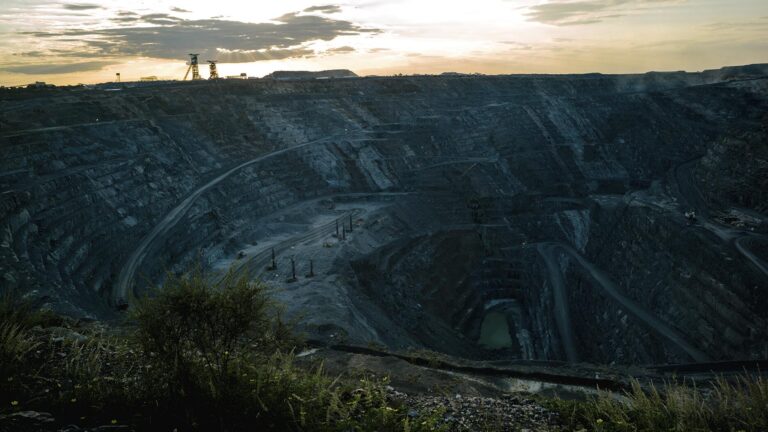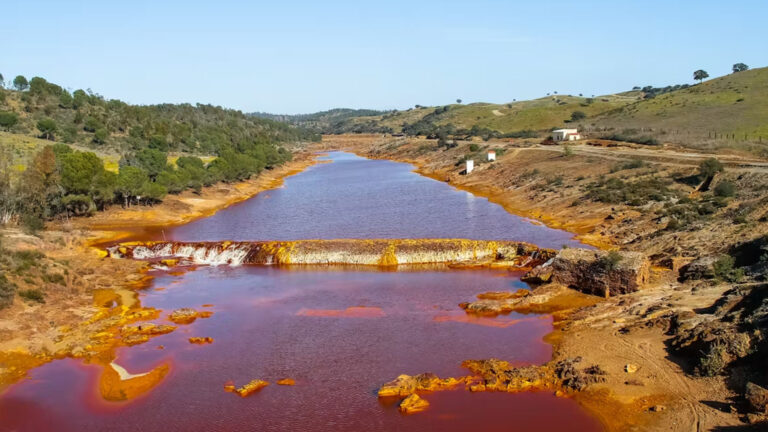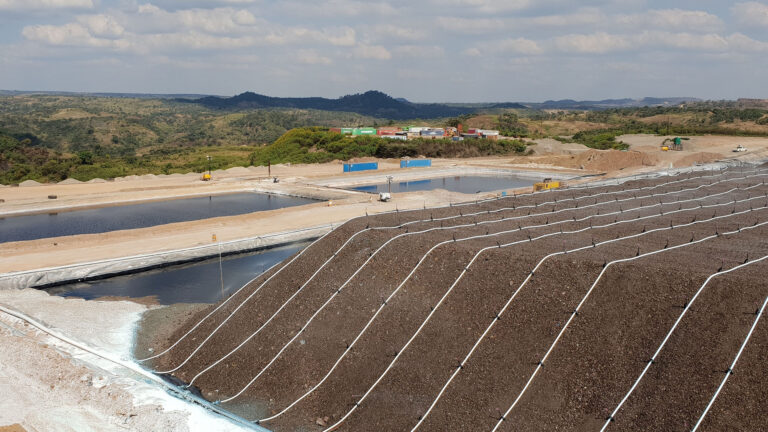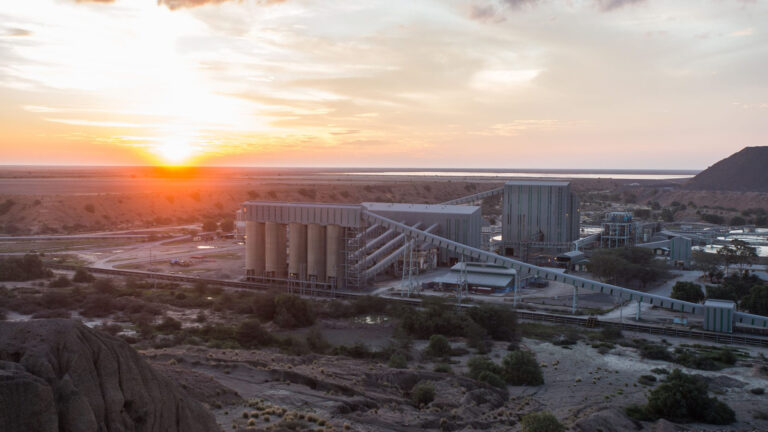In a world increasingly focused on sustainability and climate resilience, the mining industry finds itself at the intersection of economic necessity and environmental responsibility. Mining provides the raw materials essential for infrastructure, clean energy technologies, and modern lifestyles.
However, it also contributes significantly to environmental degradation if not appropriately managed. The challenge and opportunity lie in striking a balance between profitability and ecological stewardship.
The Imperative for Sustainable Mining
As global demand for critical minerals, such as lithium, cobalt, and rare earth elements, surges, driven by the growth of electric vehicles, renewable energy, and digital infrastructure, so does the environmental cost of extraction.
Traditional mining practices have been associated with deforestation, water contamination, biodiversity loss, and greenhouse gas emissions. This has led to mounting public pressure, stricter regulations, and investor demand for ESG (Environmental, Social, Governance) compliance.
Sustainable mining, therefore, is not merely a trend but a long-term strategic necessity. It aligns mining operations with global climate goals, fosters community trust, and enhances long-term profitability through risk mitigation and resource efficiency.
Innovations Driving Eco-Friendly Mining
To reduce their environmental footprint, mining companies are adopting a suite of innovative practices and technologies. These include:
- Electric and hydrogen-powered mining fleets to reduce reliance on diesel and lower carbon emissions.
- Renewable energy integration through solar, wind, and hydropower installations at mine sites.
- Dry-stack tailings eliminate the need for traditional wet tailings dams, reducing water use and associated risks.
- Water recycling and closed-loop systems are used to minimize freshwater withdrawals and reduce contamination.
- Precision mining technologies such as automated drilling, digital mapping, and sensor-based ore sorting improve resource efficiency and reduce waste.
These innovations not only reduce environmental impact but also often enhance operational efficiency and lead to cost savings over time.
Community Engagement and Shared Value
Sustainability in mining goes beyond environmental metrics. It requires genuine social inclusion and community benefit. Mining operations can have a significant impact on local communities, either positively or negatively, depending on how they engage, employ, and invest in the regions where they operate.
Companies leading in sustainable practices are those that invest in:
- Local hiring and skill development
- Health and infrastructure initiatives
- Culturally respectful engagement with Indigenous groups
- Transparent reporting and grievance mechanisms
Shared value creation—where mining profits contribute to long-term social and economic development—is now seen as essential to securing a social license to operate.
Regulatory Alignment and ESG Standards
Governments and international bodies are increasingly embedding sustainability into mining legislation. From the EU Green Deal to Canada’s Critical Minerals Strategy, the regulatory environment is evolving to incentivize low-impact mining.
Moreover, ESG performance is now a decisive factor in attracting capital. Institutional investors utilize frameworks such as the Global Reporting Initiative (GRI) and the Task Force on Climate-related Financial Disclosures (TCFD) to assess environmental risks and corporate responsibility.
Companies that meet these standards are better positioned to secure financing and long-term stakeholder trust.
Economic Viability and Long-Term Gains
While some sustainable practices involve upfront costs, they often yield economic benefits over time. Efficient energy use, waste reduction, and improved reputation can lead to lower operating costs, increased access to financing, and premium pricing for responsibly sourced materials.
Sustainability also future-proofs operations against tightening regulations, supply chain disruptions, and shifting public sentiment. In this way, sustainability becomes not just a risk mitigation tool but a value creation strategy.
Conclusion: Mining for the Future
Sustainable mining is not a compromise; it is an evolution. It challenges the industry to innovate, collaborate, and lead with purpose. The companies that embrace this transformation will not only succeed economically but will help reshape mining’s role in a world striving for environmental and social resilience.
As demand for minerals grows in the era of decarbonization, sustainable mining provides a roadmap to meet this demand without compromising the planet. It is, fundamentally, about mining smarter, not just harder.

